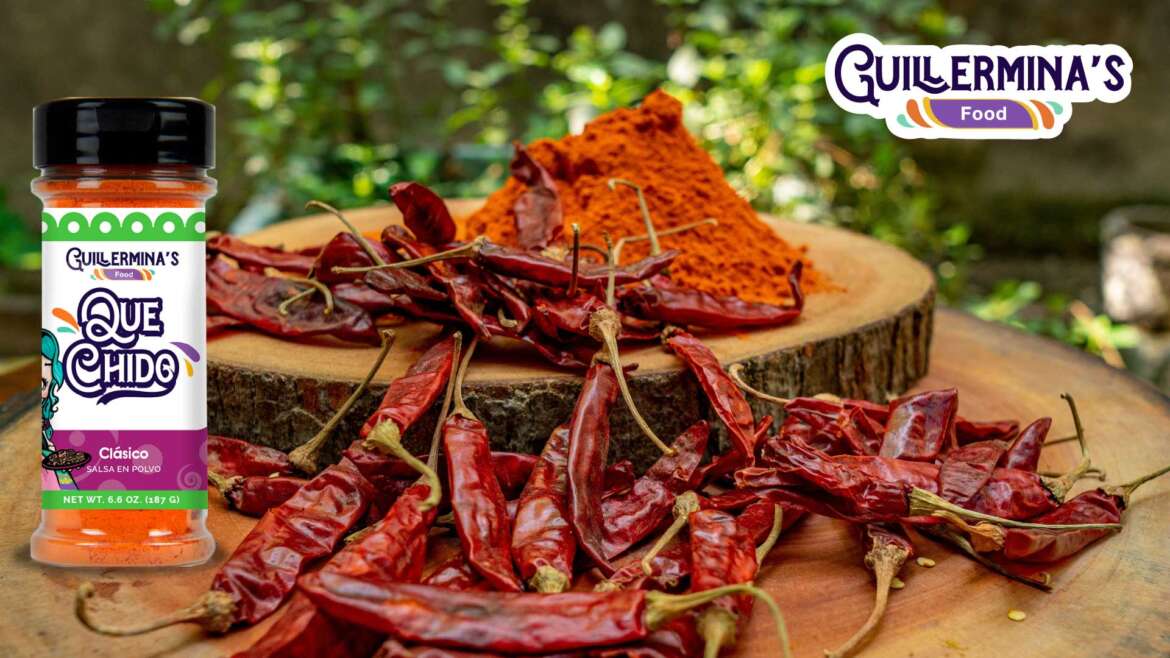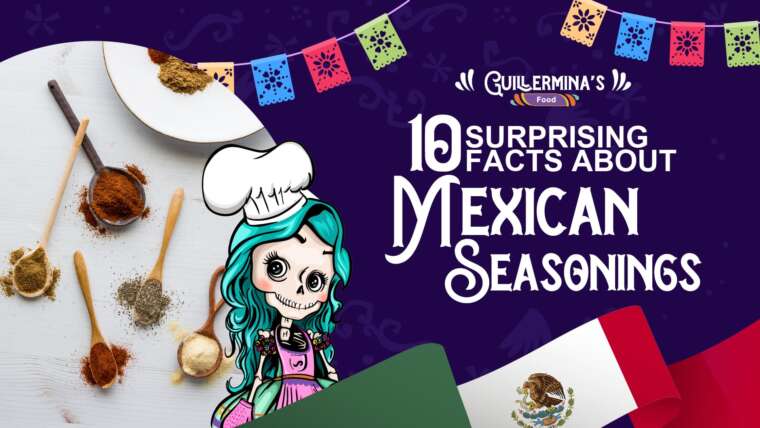Ever wondered where your favorite spicy kick in the kitchen comes from? No, it didn’t just fall from the spice heavens. So, what continent/region is chili powder native to? Drumroll, please… It’s the Americas! Yes, chili powder’s fiery roots can be traced back to Central and South America, where ancient civilizations were already spicing things up thousands of years ago.
A Spice That Goes Way Back – Like, Way Back
Picture this: It’s 7000 BCE, and the ancient Aztecs and Mayans are tossing chili peppers into their food like chefs on a cooking show. These fiery little fruits (yes, peppers are fruits!) were grown, loved, and even worshipped. Forget salt and pepper—chili was the MVP of flavor in Mesoamerica.
Fast forward to the 15th century, when Christopher Columbus arrives in the Americas and tastes chili for the first time. Let’s just say his mind was blown, and soon, he was hauling peppers back to Europe like they were gold. From there, chili peppers spread faster than gossip in a small town, making their way to Asia, Africa, and beyond.
From Chili Peppers to Chili Powder
Hold up—chili powder as we know it didn’t exist yet. Peppers were mostly used fresh or dried. It wasn’t until folks started grinding dried chilies into fine powder that chili powder was born. That’s when things got spicy—literally.
- In Mexico: Chili powder became the heart of dishes like mole and enchiladas.
- In India: Portuguese traders brought chili peppers, and Indians turned them into the fiery curries we know and love.
- In the U.S. Southwest: Enter chili con carne, where chili powder became the star of Tex-Mex cuisine.
Why the Americas Deserve the Credit
So, what continent/region is chili powder native to? It’s all thanks to the Americas, where it all began. From ancient kitchens to your spice rack, chili powder has come a long way, adding flavor (and tears of joy) to food lovers around the globe.
Ready to Spice Things Up?
Here’s the deal: If you love chili powder, you’ll adore Guillermina’s Food. Their spices are crafted to perfection, honoring tradition



